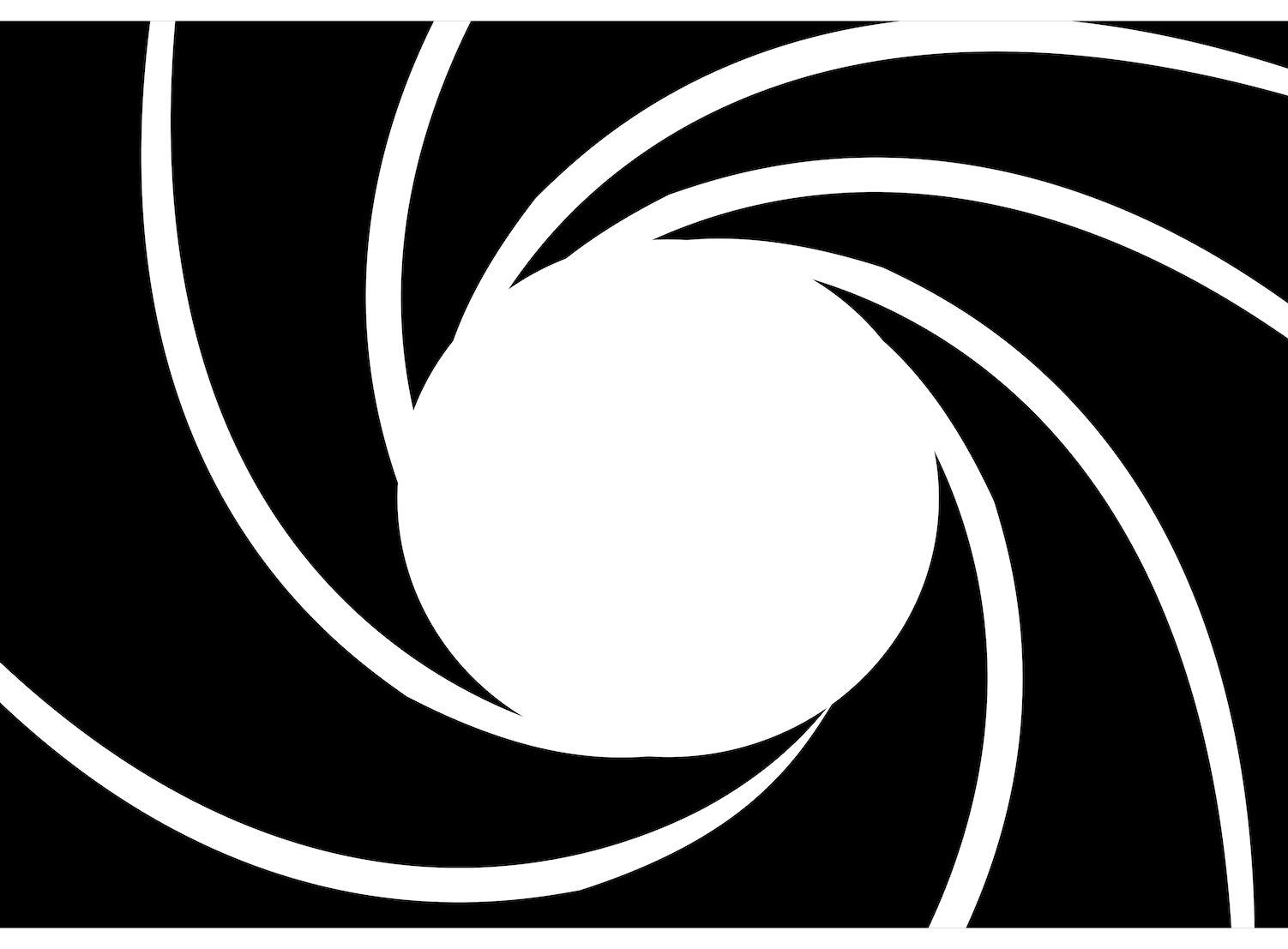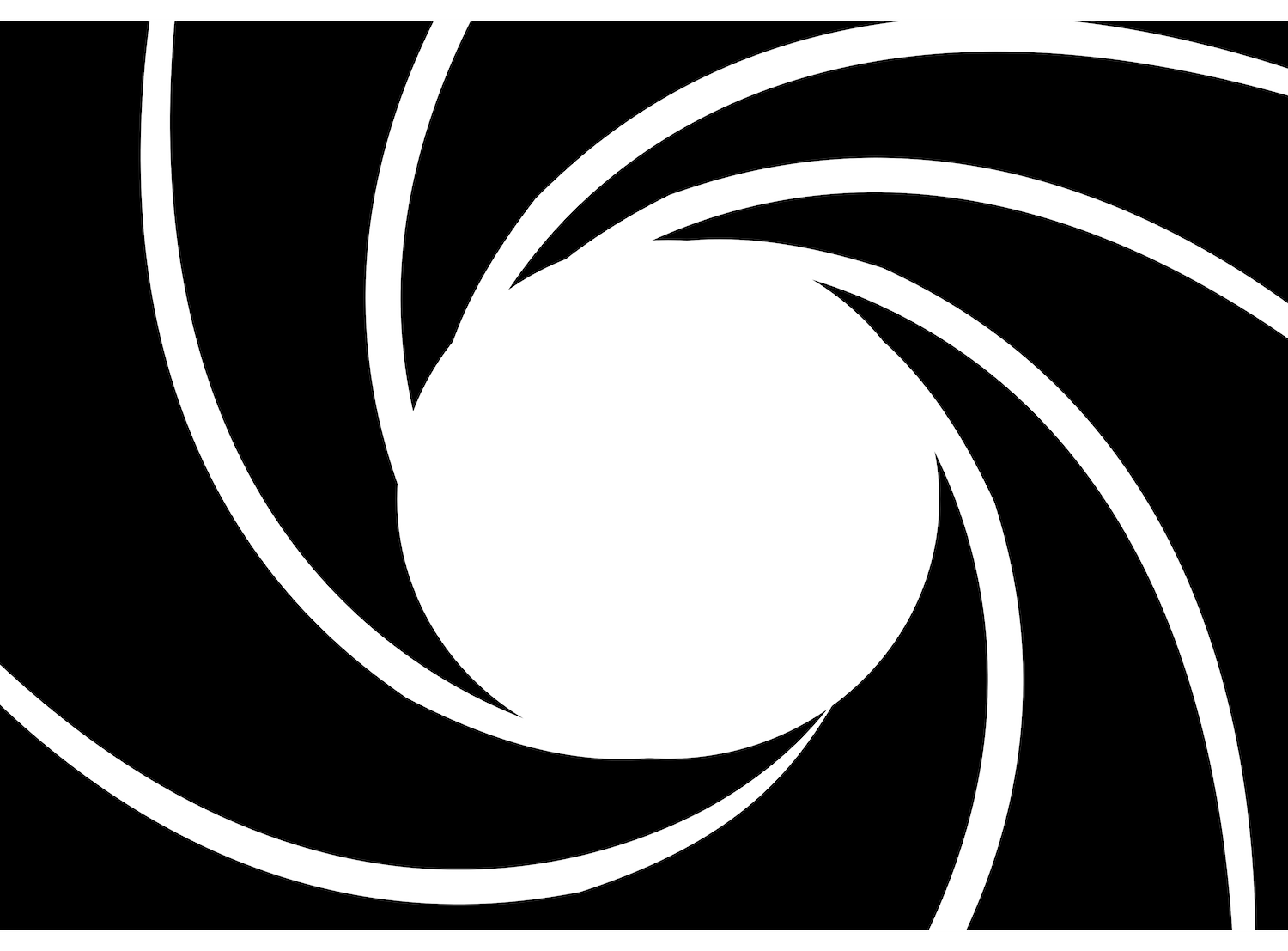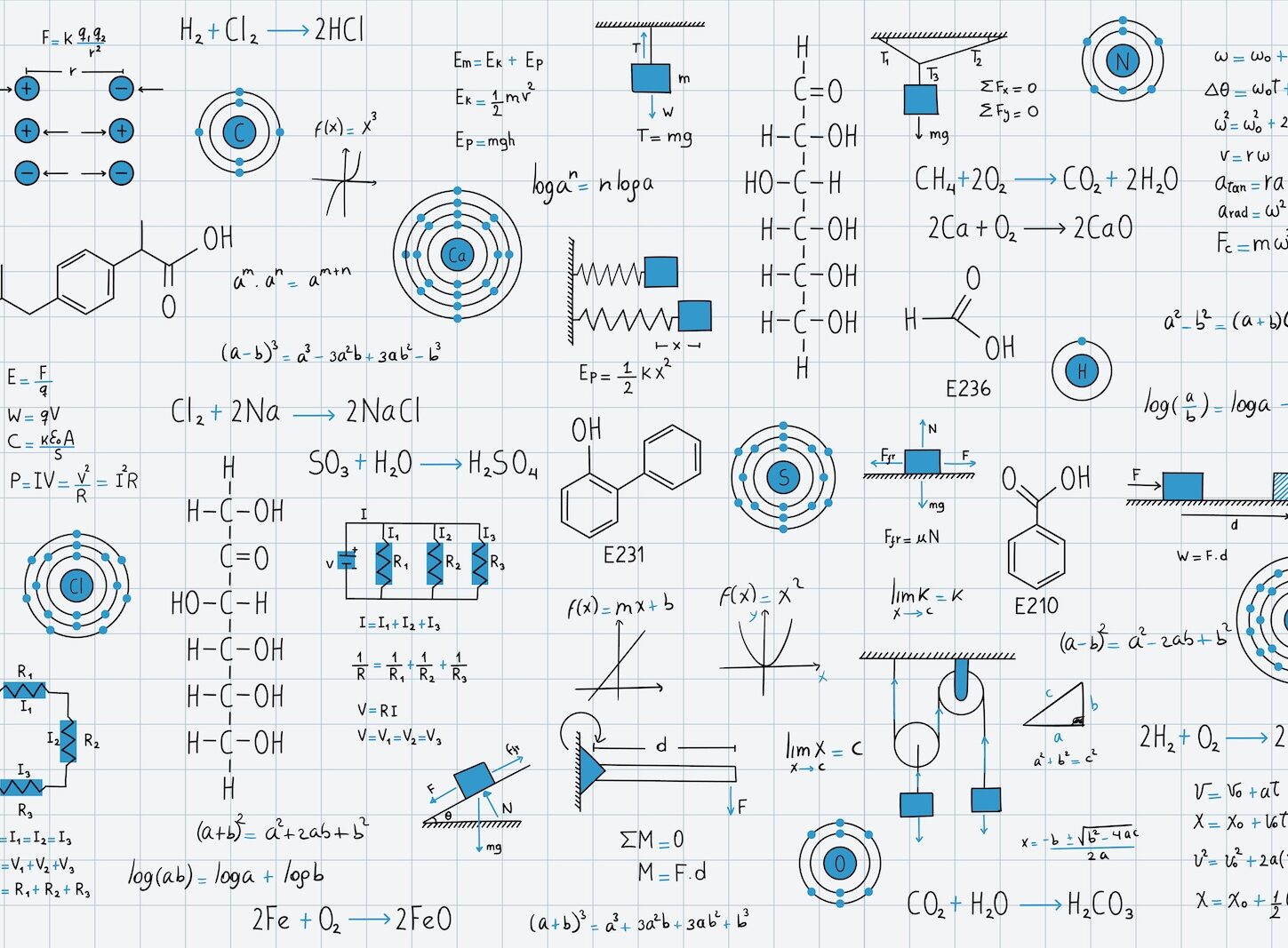In an industry where new technologies and developments in scientific practices are constantly evolving, securing a chemical patent strategy has never been more vital. Without strong chemistry patent strategies to back up your unique composition, you risk losing market share and jeopardising one of the strongest business tools in your repertoire.
Chemistry and chemical patents are granted on the same basis as patents in other fields, namely novelty, industrial application, and inventiveness. They can be used to support:
- Chemical compounds.
- Compositions within the chemical compounds.
- Articles created from the chemical compound or that contain the chemical compound.
- Unique processes related to the preparation or creation of the chemical compound.
- Specific methods of using the chemical compound.
Defining a Strong Chemical Patent Strategy
Securing a patent incurs months if not years of work; therefore, it’s important you invest your time and money wisely before submitting an application.
Here’s three steps companies can take to create a strong chemical patent strategy and make the most of their innovation in a competitive industry:
1. Conduct Thorough Prior Art Research
Prior art refers to all the existing publicly available knowledge that is relevant to your idea. Discovering what kind of information is publicly available will help strengthen your patent claims by providing information on the truly novel aspects of your idea. By conducting thorough prior art research, you can highlight the current patent landscape, avoid potential infringement risks, and improve the likelihood of your patent approval.
2. Define the Scope and the Problem Clearly
The strongest chemical patents are those with a scope that is neither too broad or narrow. Ideally, your patent should solve an existing problem in a valuable and clearly defined way. By clearly defining the scope and problem, you can help patent examiners identify the reasons why your patent is unique in comparison to existing chemical compounds in the landscape.
3. Develop a Strong Chemical Patent Strategy
Lastly, chemical patents require a strong strategy to safeguard your invention from being easily copied by competitors. Aside from preventing potential infringement, strong chemical patent strategies can enable licensing and partnership opportunities that may not be available otherwise.
How Can a Strong Strategy Overcome Common Hurdles in Chemical Development?
Strong chemical patent strategies are those that aim to achieve specific business goals within a competitive market. By leveraging their intellectual property with a strong set of , chemical patent owners can:
- Protect core chemical compounds in a saturated industry.
- Earn royalties via licensing opportunities and strategic patent partnerships.
- Gain market share by patenting key elements and improvements.
- Avoid potential infringement by researching prior art applications and existing patents.
- Prioritise their key inventions by patenting those that align with long-term business goals.
Filing Chemistry Patent Strategies for Maximum Formula Protection
Understanding the benefits of chemical formula patent strategies is all well and good. But how can you ensure that your chemical patent strategy protects your invention to the fullest extent?
Here are four aspects of filing strategies that you can’t miss.
Begin by Filing a Provisional or Priority Patent
Things move fast in the chemical industry; therefore, starting with a provisional patent may be in your best interest. Provisional patents start the 12 month priority window before full applications are due, allowing you time to gather more data or test new variations before your formal application. This can prevent potential competitors from getting a step ahead.
Consider Multiple Layers of Patent Protection
One of the best ways to create a strong patent is by increasing the layers of protection associated with your patent. For example, you can file for a chemical patent that protects a class of compounds or both the compound of your innovation as well as the method used to create it. By diversifying the scope of your patent using different claim types, you make it harder for potential competitors to alter the chemical composition to find loopholes.
Think About Filing an International Patent Application
Another strategy that helps create more robust patent protection is filing for international patent protection. The Patent Cooperation Treaty, also known as PCT, helps inventors file a single patent application across 150 countries. This approach can help save time and money by consolidating multiple filings into a single system for a period of time.
Work Alongside a Chemical Patent Attorney
Finding a patent attorney specialised in chemistry and chemical compounds will make all the difference when it comes to securing a strong patent. Not only will a patent attorney help you reduce the margin for error by helping you define the invention, they’ll also employ chemical composition patent strategies to improve your chances of successfully obtaining a commercially useful granted patent.
Conclusion
All in all, forward looking chemical patent strategies are a true game-changer for industry leaders. Research and development in the scientific world moves at such a fast pace that protecting your chemical compounds and innovations is essential for maintaining a competitive edge.
The right kind of chemical composition patent strategies help safeguard intellectual property from potential infringement while simultaneously opening doors for licensing, partnerships, and long-term commercial success.
















